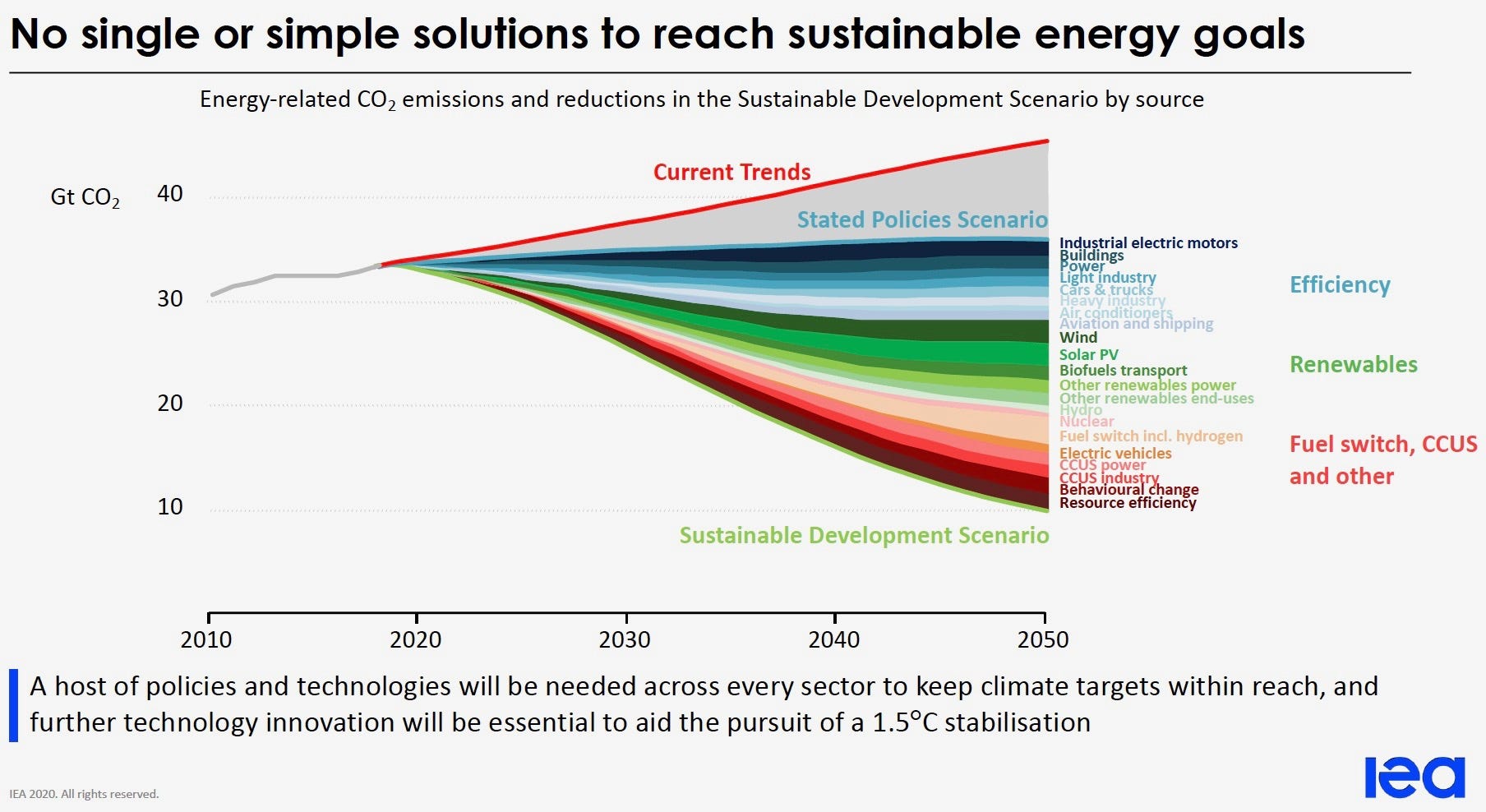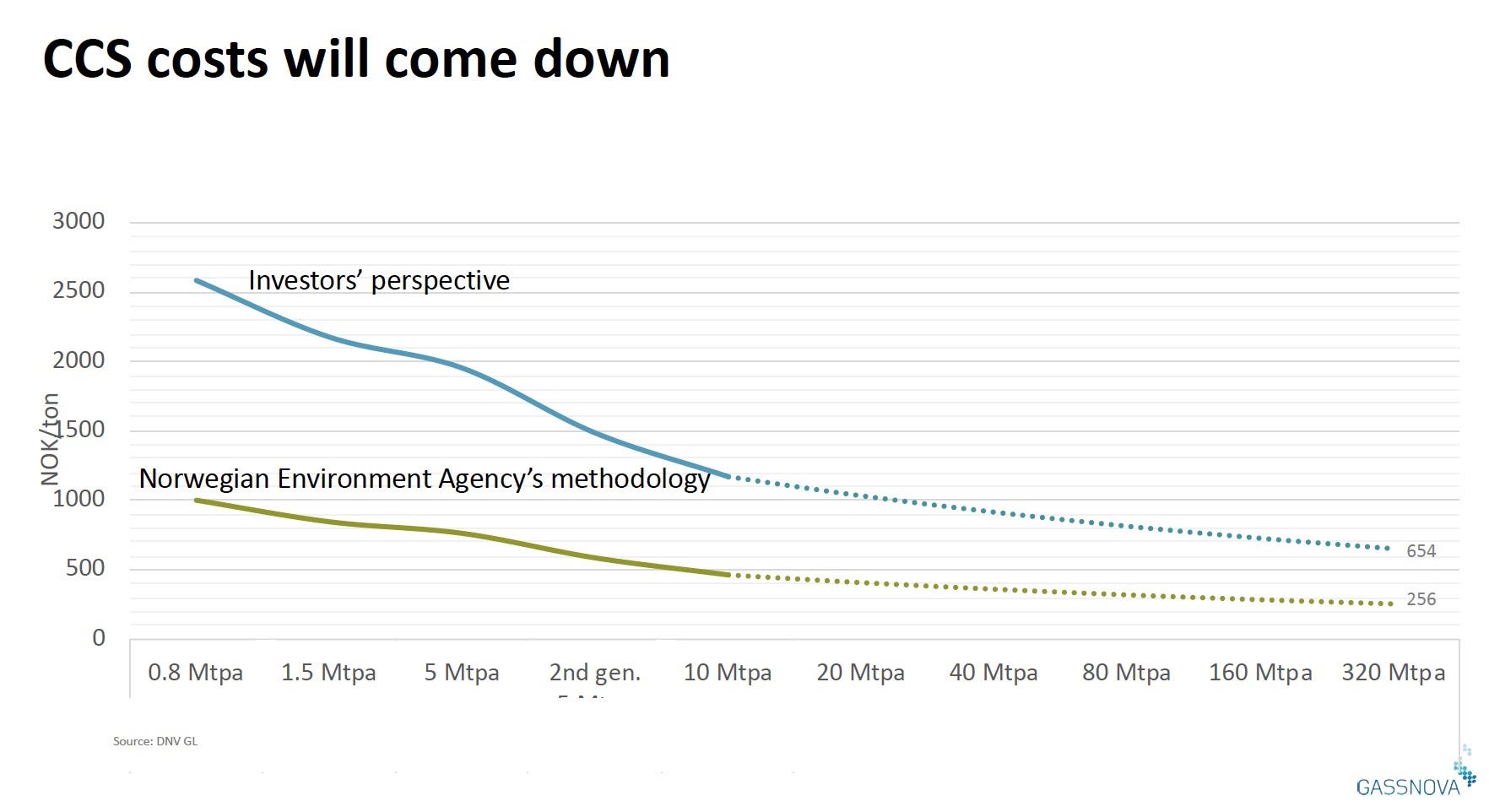

Carbon Capture Leaders Roundtable: Global Perspectives on the Role of CCUS in Building a Clean Energy Future
Medium Thursday, May 28th 2020At the Dynamo Energy Hub’s latest virtual event, co-hosted with the Norwegian Consulate General in New York, the participants from the International Energy Agency (IEA), Gassnova, the U.S. Department of Energy (US DOE), and Macquarie Capital agreed that the decarbonization of the world’s economy will not be possible without carbon capture, utilization and storage (CCUS).

The panelists had a robust discussion and urged governments around the globe to follow Norway’s example and invest parts of their post-COVID economic relief packages in clean energy opportunities like CCUS technologies.
Harriet Berg, Norway’s Consul General in New York, kicked off the event with great enthusiasm: “Norway and the U.S. lead the world when it comes to CCUS. We need to work together and pool our research capabilities to drive down carbon capture costs and establish an international CCUS value chain.”
CCUS is Key for Meeting Climate Targets
The IEA estimates that without CCUS, there is no way of achieving the goals of the Paris Agreement. Mechthild Wörsdörfer, Director of Sustainability, Technology and Outlooks at the IEA said that “we will still depend on fossil fuels for decades, especially in transport and industries like steel and cement”. She emphasized the need to increase the number of CCUS projects by a factor of 20 over the next ten years. Together with Trude Sundset, the CEO of Gassnova, the Norwegian state enterprise for CCS technology development, Ms. Wörsdörfer called for governments to include CCUS in their post-COVID economic recovery packages.
Norway is already doing so by developing a large carbon storage site under the North Sea and establishing carbon transport routes from all across Europe: “We need to decouple carbon capture from transport and storage. Steelmakers should not have to face both taking carbon out of the air, processing it and storing it. We can take over the latter two parts,” said Ms. Sundset. Gassnova estimates that the costs for both the capture, as well as the separate transport and storage project, called “Northern Lights”, to be around US$1–2 billion. This covers construction and operational costs throughout the first ten years. It projects that Northern Lights will be able to store 1.5 million tonnes of CO2 per year.

CO2 Utilization Opens Additional Opportunities
Meanwhile, a myriad of possibilities to recycle CO2 instead of putting it underground have yet to be explored. As Amishi Kumar, Program Manager at the Carbon Utilization R&D unit of the U.S. Department of Energy (US DOE) pointed out, storage is not the only option for captured CO2: “There is actually great value to CO2. It can be recycled and used to build houses and roads, and turned into feedstock for a plethora of products, including valuable chemicals.” This is exactly what her unit at US DOE is working on. US DOE utilization program’s funding increased from a modest $12 million in 2019 to $21 million in 2020. Notably, US DOE now funds 48 projects to find new applications for recycled CO2 and to drive down the costs.
Amy Harder, moderator of the panel and Climate Change and Energy Reporter for Axios, stressed that research is necessary within all aspects of CCUS, as: “Only with political will can carbon capture, transport, utilization and storage become cheap enough to be acceptable to businesses and society.”
What do investors need?
“CCUS projects may run over 100 years — far too long for usually short-sighted investors. Governments must increase trust that these projects will be financially viable,” said Alex Crolick from Macquarie Capital, where he oversees Infrastructure and Energy Finance in the Americas. Governments cannot finance CCUS solutions by themselves, whether it is the United States or Norway. In order to get private capital on board, policies such as California’s Low Carbon Fuel Standard (LWCF) and the federal 45Q tax credit need to be replicated around the world and have a secured long run-time to provide long-term certainty to investors.
CCUS is an essential part of the climate change solution, capable to decarbonize the most emission-intensive aspects of the global economy. Norway’s example with the “Northern Lights” project provides a unique and crucial example of private-public partnerships working together to find climate change solutions for Europe as a whole. Years of experience tell us that public-private partnerships are key for accelerating the deployment of carbon capture, where governments are responsible for establishing a regulatory framework and introducing key policies to provide certainty for the private sector. The panelists all agreed that while the COVID-19 pandemic turned the world upside down, it now also offers an opportunity to rebuild the world’s economy in a more sustainable way incorporating clean technologies like CCUS.
For media relations contact
Claudia Prandoni Marketing & Communications Manager